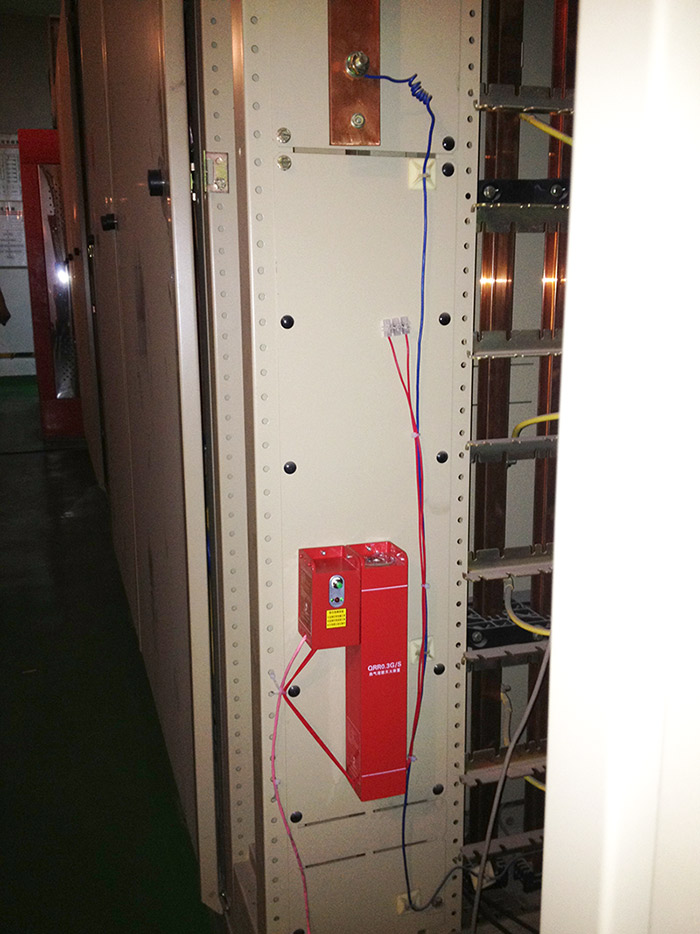Integrating Rivets and Hinges in Electrical Cabinet Design: A Seamless Solution
In the realm of electrical cabinet design, efficient integration of rivets and hinges is a critical aspect that ensures durability, functionality, and aesthetics. These small components play significant roles in the overall performance and user experience of the cabinets.
Rivets, with their compact size and high strength, serve as essential fasteners in securing various parts of an electrical cabinet. They provide a secure, tamper-proof connection without compromising the cabinet’s slim profile. The use of precision-engineered rivets can minimize stress points, reducing the risk of deformation or failure over time. Moreover, they enable easy assembly and disassembly, facilitating maintenance and upgrades when necessary.
Hinges, on the other hand, ensure smooth operation and accessibility of the cabinet doors. Choosing the right type – be it ball bearing, self-closing, or silent – is vital for quiet operation and longevity. Proper hinge placement and adjustment prevent door wear and tear, while also enhancing the cabinet’s professional appearance.
The integration of these elements demands careful consideration. The selection of rivets should match the material and thickness of the components being joined, ensuring optimal load-bearing capacity. Similarly, hinges must align precisely to allow unhindered movement and prevent binding. Compatibility between rivet holes and socket head diameters is crucial for seamless installation.
Moreover, designers must incorporate ergonomic principles into the layout, ensuring that the location of hinges facilitates easy access while maintaining st ructural integrity. This balance between functionality and ergonomics enhances the overall user experience and extends the cabinet’s lifespan.
ructural integrity. This balance between functionality and ergonomics enhances the overall user experience and extends the cabinet’s lifespan.
In conclusion, integrating rivets and hinges in electrical cabinet design is not just about attaching components but about creating a system that works seamlessly, efficiently, and safely. By focusing on the right materials, proper alignment, and thoughtful design, engineers can create cabinets that are not only robust but also visually appealing and user-friendly. As technology continues to advance, so does the importance of such meticulous attention to detail in cabinet construction.